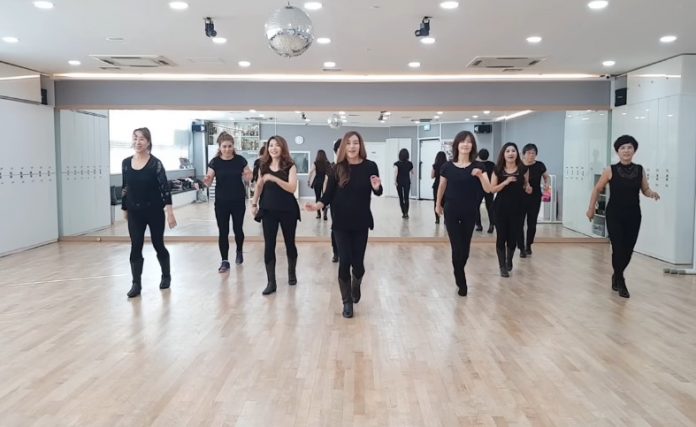It’s very crucial to the correct Rumba dance instruction guide if you want to dance like a star. The “Rumba” is also called “Rhumba” dance depicts a story of passion and love between a teasing, coy woman, and strong male lover. Rumba typically comprises sensual movements and is widely considered to be amongst the ballroom’s sexiest dances. The term Rumba is use about a specific dance party or an assortment of dances. The Rumba dance is amongst the most admired ballroom love dances and is universally familiar at dance competitions, weddings, parties, and nightclubs.
The social rumba dance first introduced in America and Britain, but the versions somehow differ. This is a slow dance with a rate of roughly 120 beats a minute, and its dance and music correspond to what the older Cuban generation referred to as bolero-son.
The Rumba dance is a significantly slow, romantic, and severe dance with an existing flirtation between partners. It is fun watching the dance since most of its essential dance figures’ theme is a teasing one and involves the lady flirting with the male partner before apparently rejecting him in sexual aggression. According to some of the Rumba dance instructions, the rhythmic hip actions and body movements of the lady are spotlights by the rumba dance resulting in almost steamy scenes of intense passion.
Rumba History
Frequently being given the reference and Rumba dance instruction, ‘the Latin dance grandfather’, Rumba originated in Cuba before being introduced in the US earlier on in the 1920s. Among the five competing American and Latin dances, the slowest is Rumba.
Rumba Action
The Cuban Motion is a distinctive movement of the hip and a significant ingredient of Rumba. These characteristic sways and hip movements of this dance generate through the straightening and bending of knees. The Rumba dance intensity is increased by maintaining a sharp contact between the woman and the man through their eyes. The upper body’s stillness, in addition to the dramatic power, similarly emphasizes the passionate and intense, foot, and leg movements.
The Distinctive Steps of Rumba
In the Rumba dance instructions, Quick-quick-slow is the basic Rumba rhythm with the distinct side-to-side movement of the hip. Although there is an exaggeration of the hip movement, the hips are not responsible for this exaggeration, but rather, this result from the right leg, knee, ankle, and foot action. Appropriate control of these weight-transfers enables the hips to handle themselves. The distinctive steps of Rumba dance instruction are inclusive of the following:
- Fencing Line
- La Elenita
- Hip Rolls
- Open Hip Twist
- El Paseo
- Aida
- Alemana Turn
- Hockey Stick
- Fan
Rumba Rhythm and Music
For Rumba music to write, four beats required for every measure in a 4/4 time. Two music measures are necessary for the completion of an entire step, and the tempo of the music is usually roughly 104- 108 beats every minute. Rumba rhythms originally received its influence from African-style music, but have evolved and entered Country Western, Rock, Blues and various popular types of music. Sometimes the music is enhanced by kitchen hand made instruments such as spoons, pans, and pots.
I hope you find these Rumba dance instructions helpful.


